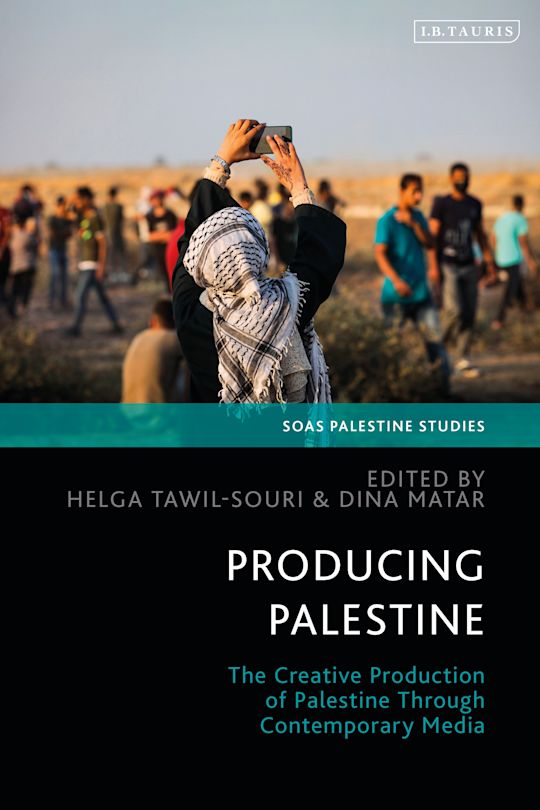
Canadian Cultural Center Closes Exhibition Due to References to Palestine

# The Debate Over Art, Free Expression, and Cultural Sensitivities
The conflict between free artistic expression and cultural sensitivities is a contentious issue that is becoming more prominent as artists, curators, and cultural institutions grapple with the complex geopolitical and social narratives embedded in contemporary art. A recent controversy at the Aurora Cultural Center in Ontario, Canada, has reignited this perennial debate.
The cultural center, known for promoting art that explores deep societal issues, temporarily—and later permanently—suspended an exhibition titled *Expressions of Critical Thought*, featuring six Canadian artists. The exhibition was halted after community members complained that some artworks were “antisemitic.” The exhibition’s abrupt closure sparked accusations of censorship from the involved artists, with many critiquing the decision as detrimental to free expression and nuanced dialogue.
### The Exhibition: A Diverse Showcase of Political and Cultural Narratives
Curated by members of *Carousel Collective*, a community-focused zine, *Expressions of Critical Thought* showcased a range of themes: migration, heritage looting, and systemic oppression. The uproar stemmed from pieces by Iraqi-Canadian video journalist Hala Alsalman and co-curator Chantal Hassard, both of which included references to the Israeli-Palestinian conflict. Notably, Alsalman’s installation, *They Stole Our Eyes (but We Still See)* (2023), contained a map that labeled “(Israel) Palestine,” reflecting her solidarity with Palestinians.
Another piece by Hassard featured a moving installation with references to Gaza and Palestinian liberation. Of the six artists participating in the exhibition, only these two referenced the Israeli-Palestinian issue, yet their works became a lightning rod for accusations of antisemitism.
### Art or Antisemitism?
Community members who complained, including users on social media, labeled the exhibition as “antisemitic.” In particular, Alsalman’s map depicting “(Israel) Palestine” was seen by some as inflammatory. However, the label’s creator defended the work as a mere expression of solidarity with Palestinians, modeled after indigenous land acknowledgments common in Canada, such as “Tkaronto (Toronto).”
In an interview with *Hyperallergic*, Alsalman explained that her work was an artistic inquiry into cultural heritage looting in Iraq, and the reference to Palestine was tangential but intentional. She emphasized that her piece did not mention Judaism or Jewish people and was, therefore, not antisemitic. “They [Gaza’s people] are us and we are them,” she said, connecting her country’s devastation during the U.S. invasion with the current suffering of Palestinians.
Hassard, a grandchild of a Holocaust survivor, also denounced the antisemitism accusations, calling them “a dangerous mischaracterization of the term.” She asserted that her work was a broader exploration of shared human struggles and liberation, making no negative connotations about Jewish people.
### The Center’s Response: Navigating a Cultural Minefield
Initially closed temporarily, the Aurora Cultural Center soon decided to shut the exhibition down permanently after what it described as “unexpected safety and security concerns.” In public statements, the organization acknowledged that its decision upset the artists and that future challenging exhibitions must be presented with “context and choice” to foster a better understanding within the community.
A spokesperson for the center emphasized that after investigating the allegations, no harmful intent was found. Still, they defended the closure, stating that “the potential for harm in our community outweighed the benefits of keeping the exhibit open.”
### Artists Speak Out Against “Censorship”
For Alsalman and Hassard, as well as other artists featured in the exhibition, the center’s decision amounts to censorship. Alsalman argued that the closure reinforced the “dehumanization of Arabs in general,” while Hassard stressed that her and Alsalman’s work wasn’t an attack on Jewish identity but rather an exploration of systemic oppression, including the Palestinian issue.
Another artist in the exhibition, Alberto Castillo, believes that the decision reflects broader societal issues. “This is a community center that claims to represent a community,” Castillo stated, but “not a lot of communities were actually consulted about any of this,” referring to the absence of any dialogue with the Palestinian community in the wake of the accusations. Castillo posited that while the center claims to protect community interests, it failed to represent the diversity of viewpoints and identities involved.
Vridhhi Chauhdry, another participant, echoed these concerns, adding that galleries should present challenging truths. She criticized how the drive for “peace” in gallery spaces often meant “certain narratives or audiences” are unchallenged. “Irony is hard to miss—freedom of expression only seems to apply when it doesn’t challenge certain narratives or make certain audiences uncomfortable,” Chauhdry said.
### A Global Issue: Art as a Medium of Controversy
The Aurora Cultural Center’s decision to shut down an art exhibition over potential community harm represents